The cheetah and racing greyhound are of a similar size and gross morphology and yet the cheetah is able to achieve a far higher top speed. The researchers compared the kinematics and kinetics of galloping in the cheetah and greyhound to investigate how the cheetah can attain […]
How humans develop larger brains than other apes
A new study is the first to identify how human brains grow much larger, with three times as many neurons, compared with chimpanzee and gorilla brains. The study identified a key molecular switch that can make ape brain organoids grow more like human organoids, and vice versa.
The ability of this pteropod species to perform the cylindrical overlap-and-fling maneuver twice during each stroke is enabled by its slender body and highly flexible wings. The cylindrical overlap-and-fling mechanism observed here may inspire the design of new soft robotic aquatic vehicles incorporating […]
ABSTRACT: Light controllability, design flexibility, and non-linearity features of photonic crystal fiber (PCF) based surface plasmon resonance (SPR) sensor enable high sensitivity in the field of biosensing. Here, bio-inspired butterfly-core shaped microstructure fiber-based plasmonic sensor is proposed where circular air-holes are arranged to […]
Nacre Toughening Due to Cooperative Plastic Deformation
Among biological materials, mollusk shells have been extensively studied for their outstanding combination of stiffness, strength, and toughness. The shell is a composite, primarily made of two different polymorphs of calcium carbonate: calcite and aragonite, with the outer layer being composed of calcite prisms and the inner layer—nacre—having a “brick-and-mortar” structure. […]
Flexible natural armors from fish, alligators or armadillo are attracting an increasing amount of attention from their unique and attractive combinations of hardness, flexibility and light weight. In particular, the extreme contrast of stiffness between hard plates and surrounding soft tissues give rise to unusual and attractive mechanisms, which now serve […]
3D Bioprinting: The Emergence of Programmable Biodesign
Until recently, bioprinting was largely limited to highly interdisciplinary research teams, as the process requires significant input from specialists in the fields of materials science, engineering, and cell biology. With the advent of commercially available high‐performance bioprinters, the field has become accessible to a wider range of research groups, who can now buy the hardware […]
UW Madsion engineers have designed an artificial eye that can be used to see in the dark. While most night vision designs tweak the retinas, this group of engineers worked to increase the intensity of incoming light through the front-end optics.
Shape-memory polymeric materials lack long-range molecular order that enables more controlled and efficient actuation mechanisms. Here, we develop a hierarchical structured keratin-based system that has long-range molecular order and shape-memory properties in response to hydration. We explore the metastable reconfiguration of the keratin […]
Biologically Inspired Design: Methods and Validation
The aim of this paper is to establish a comparison among a set of design methods, meant to guide industrial designers in carrying out activities leading to bio-inspired design. The results of the literature review are presented, with emphasis drawn on existing documented approaches to design inspired […]
Learn about our two Decals!
 Click here to find out more about our Fall Bioinspired Design Decal and our Spring Bioinspired Design in Action Decal – ALL MAJORS are welcome.
Click here to find out more about our Fall Bioinspired Design Decal and our Spring Bioinspired Design in Action Decal – ALL MAJORS are welcome.Berkeley BioDesign Community
 Click here to learn about the BioD: Bio-Inspired Design @ Berkeley student organization or here to signup for more info.
Click here to learn about the BioD: Bio-Inspired Design @ Berkeley student organization or here to signup for more info.Search
Student Login

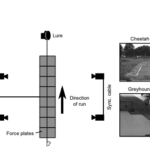



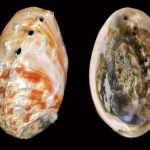
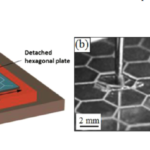

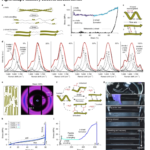
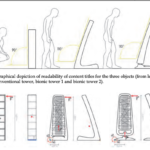


I imagine that the neurological circuits underlying these processes are governed by both 2d spacing maps with their brains as…
to reduce the impact of car accidents, it may be possible to study the force diverting physics of cockroaches to…
you see this type of head-bobbing stability in many avian creatures related to pigeons like chickens. the head ability to…
not like they taught horses how to run! this is an example of convergent evolution where both sea creatures and…
The brain functions in a similar way with neuronal connections. our brains are able to utilize the multiplicity of connections…